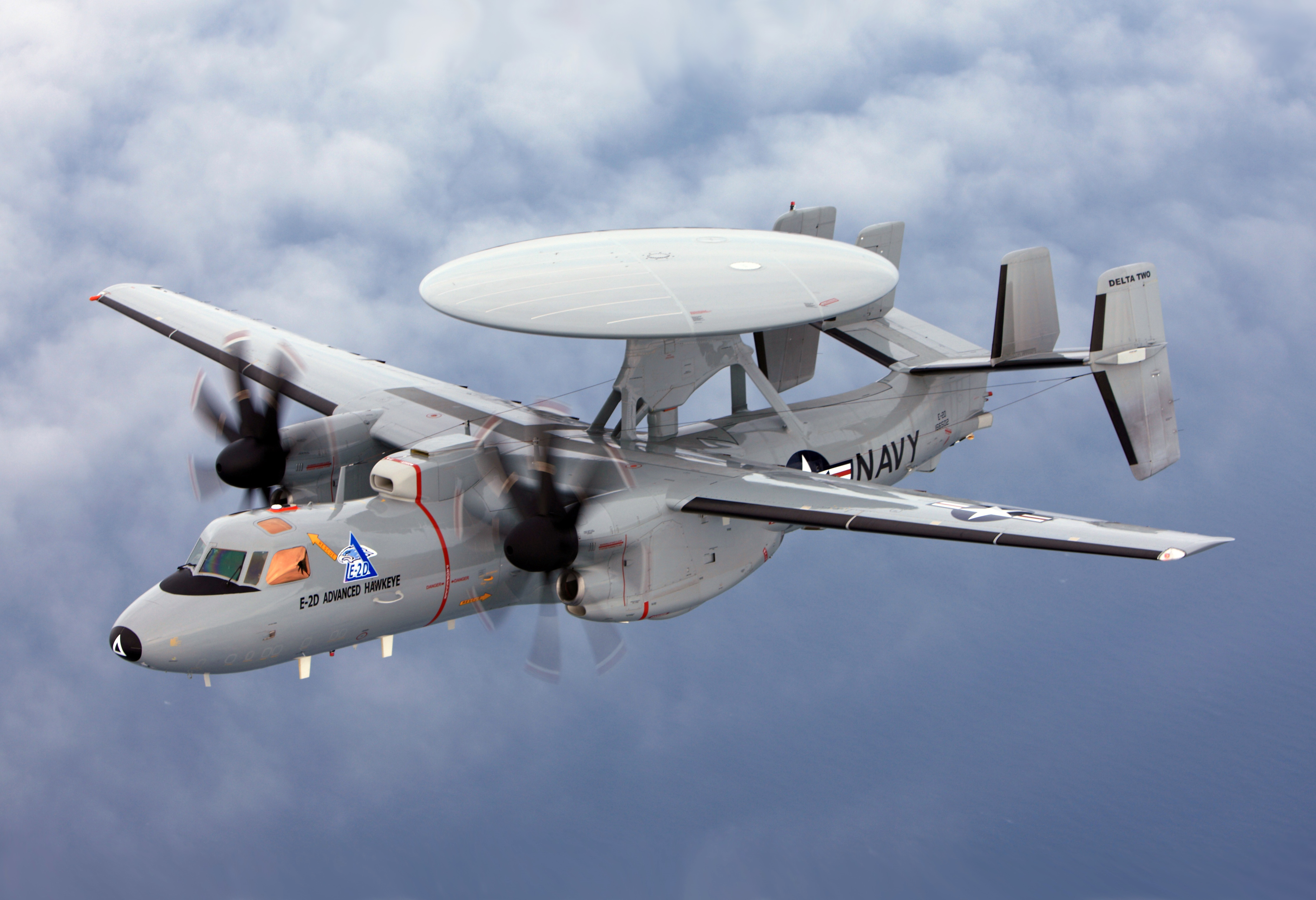Six decades of active service have been logged by the E-2 Hawkeye. The Northrup Grumman-built E-2 is capable of operating in all weather conditions and from aircraft carrier decks to provide tactical airborne early warning. Designed in the 1950s, the Hawkeye took its maiden flight in 1960 and entered service in 1964.
And today, remarkably, the E-2 is still in production; the E-2 has remained in production since 1960, making the Hawkeye the longest-produced carrier-based aircraft ever.

The E-2 was designed to replace the E-1 Tracer. And the E-2 was the first aircraft ever built from scratch specifically for airborne early warning. The airborne early warning aircraft that came before the E-2 was modified from existing aircraft, demonstrating that AEW was an afterthought.
The engines of the E-2 make a distinct humming sound, so naturally, the aircraft has earned the nickname “Hummer.” The E-2 and its humming engine are rather distinct on board a carrier, mostly populated with jet-engine-equipped aircraft like the F/A-18 and F-35.

While the E-2 has served steadily as a workhorse success story, the initial design process was troubled. For one, the US Navy demanded that their next AEW aircraft could integrate data with the Naval Tactical Data System found aboard Navy vessels.
Then, the Navy demanded that the E-2 be able to land on aircraft carriers, which was especially difficult in the 1950s. In the 1950s, the US Navy operated some World War II-era carriers, like the Essex-class.
Then, the Navy demanded that the E-2 be able to land on aircraft carriers, which was especially difficult in the 1950s. In the 1950s, the US Navy operated some World War II-era carriers, like the Essex-class.
The Essex was modified to allow for jet operations but was still relatively small. Accordingly, the E-2 had strict height, weight, and length restrictions to allow for landing on a smaller deck. Unfortunately, the sizing requirements resulted in poor handling. In the end, the E-2 never flew from the Essex-class – the hassle was for naught.





